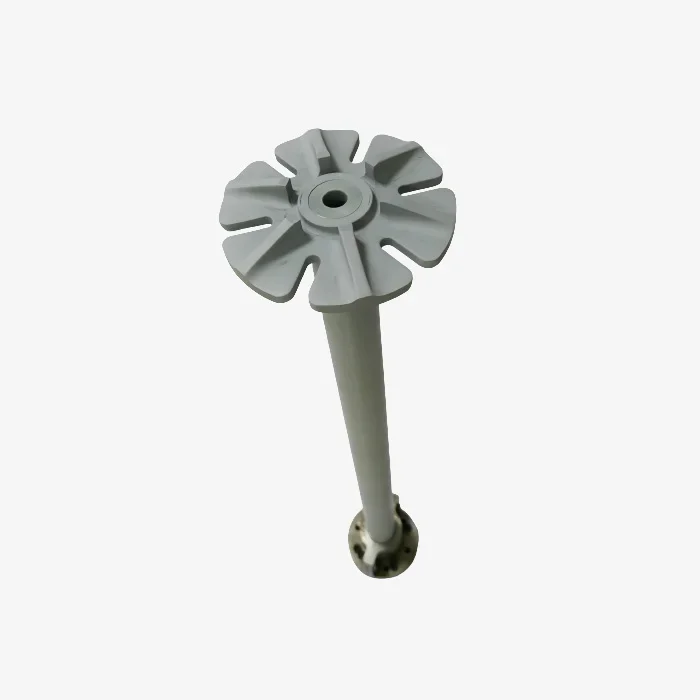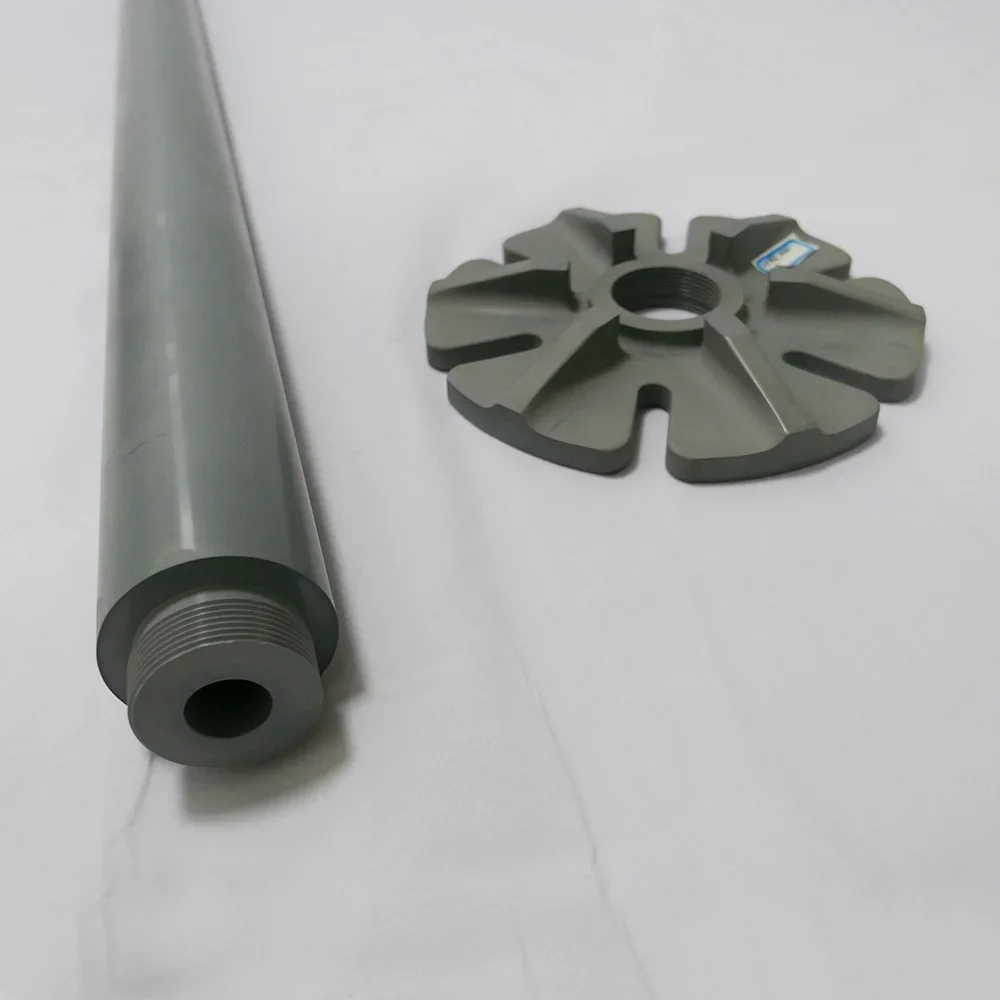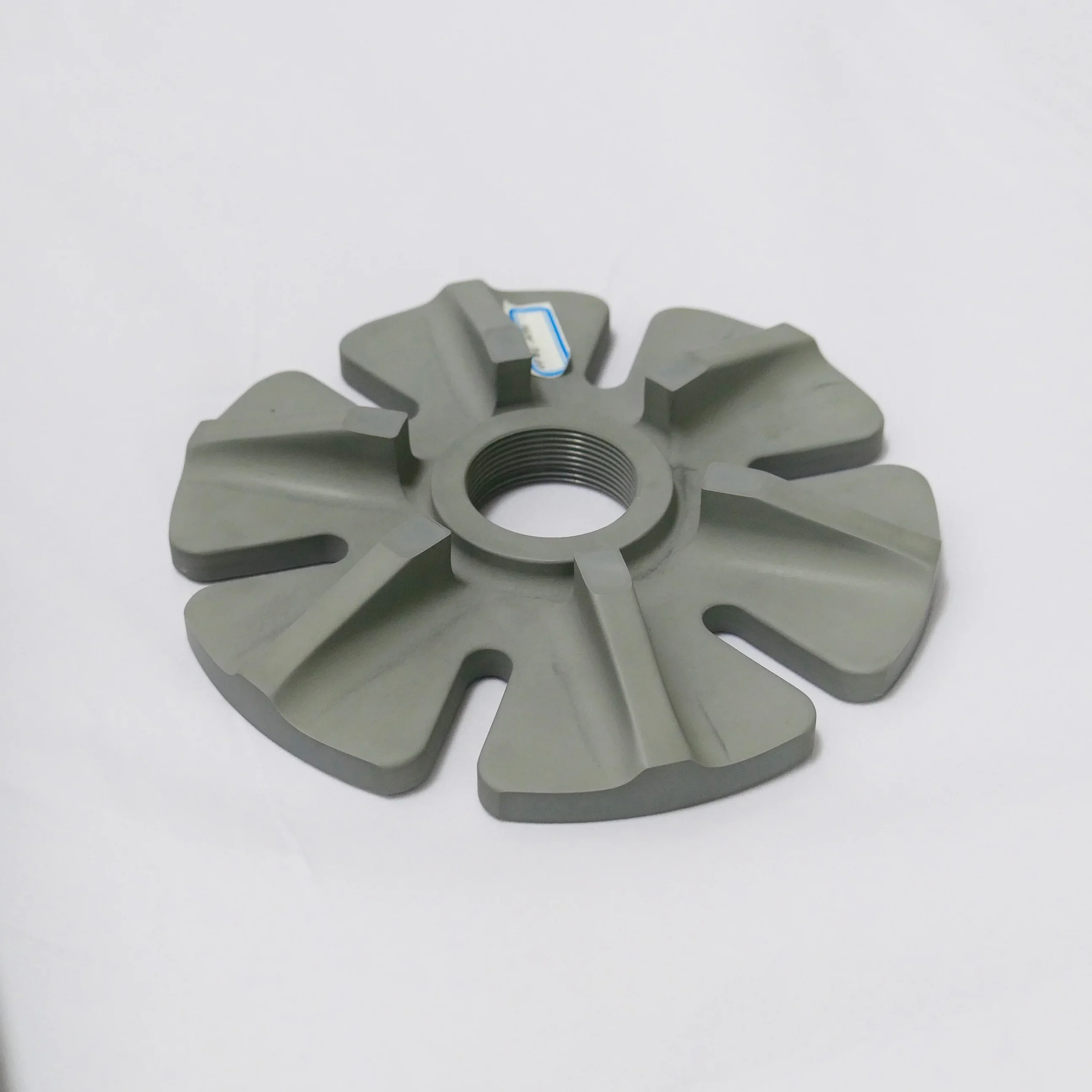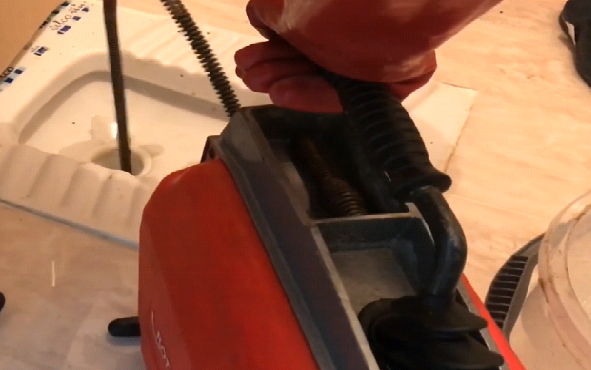Aluminum is one of the most versatile and widely used metals in various industries due to its exceptional properties. However, the quality of aluminum alloys is of utmost importance to ensure the final products meet the desired specifications. The presence of impurities and gases can significantly affect the performance and characteristics of aluminum alloys. In this blog, we will explore the role of degassing rotors in enhancing liquid aluminum alloy quality.
1.Understanding the Importance of Aluminum Degassing
Aluminum degassing is a crucial step in the manufacturing process that aims to remove impurities and gases from the liquid metal. Impurities, such as hydrogen, oxides, and alkali metals, can negatively impact the mechanical properties, casting quality, and overall performance of aluminum alloys. By effectively degassing the liquid aluminum, manufacturers can enhance the quality of the final product.

2.The Role of Degassing Rotors
Degassing rotors play a critical role in the degassing process by facilitating the removal of unwanted gases and impurities from the liquid aluminum. These rotors are typically made of graphite and are immersed in the molten metal. As the rotor spins, it creates a powerful vortex, allowing the gases to be efficiently expelled from the aluminum melt.
3.Mechanisms of Gas Removal
Degassing rotors operate based on two primary mechanisms of gas removal: cavitation and scrubbing. Cavitation occurs when the rotor's rotation induces a low-pressure zone, causing the gases to form bubbles. These bubbles rise to the surface and are released from the molten aluminum. On the other hand, scrubbing involves the rotor physically breaking up the oxide films and agglomerates, facilitating their removal.
4.Hydrogen Removal
Hydrogen is one of the most common and detrimental gases found in aluminum alloys. It can cause porosity, reduced mechanical properties, and surface defects in the final product. Degassing rotors effectively remove hydrogen by creating the necessary conditions for hydrogen gas to escape the liquid aluminum. This ensures that the resulting aluminum alloy has improved mechanical strength and reduced susceptibility to porosity.
5.Oxide Removal
Oxides are another common impurity found in liquid aluminum that can negatively impact its quality. These oxides can form during the melting and casting processes, leading to casting defects and reduced mechanical properties. Degassing rotors aid in the removal of oxides by breaking up the oxide films and allowing them to float to the surface for removal. This results in a cleaner and higher-quality aluminum alloy.
6.Alkali Metal Removal
Alkali metals, such as sodium and lithium, are highly reactive impurities that can cause severe casting defects and reduce the overall quality of aluminum alloys. Degassing rotors effectively remove these alkali metals by inducing a chemical reaction between the alkali metals and the graphite rotor. This reaction results in the formation of a solid compound that can be easily removed from the molten aluminum.

7.Advantages of Using Degassing Rotors
The utilization of degassing rotors offers several advantages in enhancing the quality of liquid aluminum alloys. Some key benefits include:
Improved mechanical properties: By removing impurities like hydrogen and oxides, the resulting aluminum alloy exhibits enhanced mechanical strength and reduced porosity.
Reduced casting defects: Degassing rotors minimize the presence of impurities, leading to a significant reduction in casting defects, such as shrinkage and porosity.
Consistent alloy composition: The degassing process ensures a more uniform composition throughout the aluminum melt, resulting in consistent properties across the final product.
Cost-effectiveness: Implementing degassing rotors can help minimize waste and rework, ultimately reducing production costs.

Conclusion
The quality of liquid aluminum alloys is crucial for the performance and reliability of various aluminum products. Degassing rotors play a vital role in enhancing the quality of liquid aluminum by effectively removing impurities, such as hydrogen, oxides, and alkali metals. By utilizing degassing rotors, manufacturers can produce high-quality aluminum alloys with improved mechanical properties and reduced casting defects, ultimately meeting the stringent requirements of various industries.
Yixing Winner Technology Co., Ltd. is a professional manufacturer in producing catalysts and their ceramic carriers, ceramic glove formers, degassing rotor and other industrial ceramics.
Welcome to contact us if you need to learn more about degassing rotor.
Email:camilleyxwn@outlook.com








